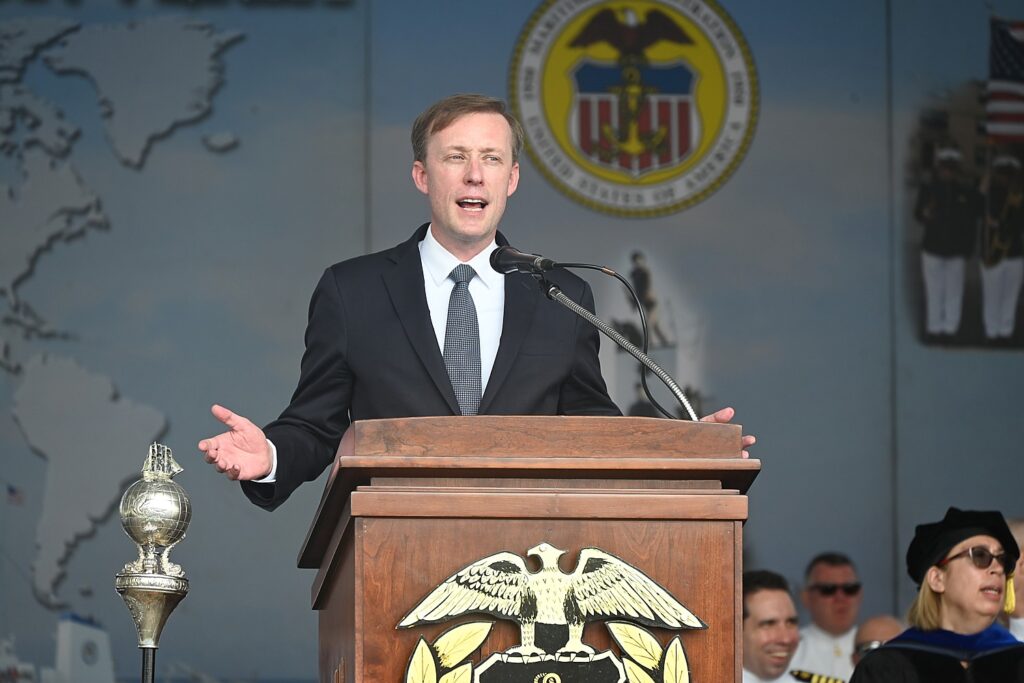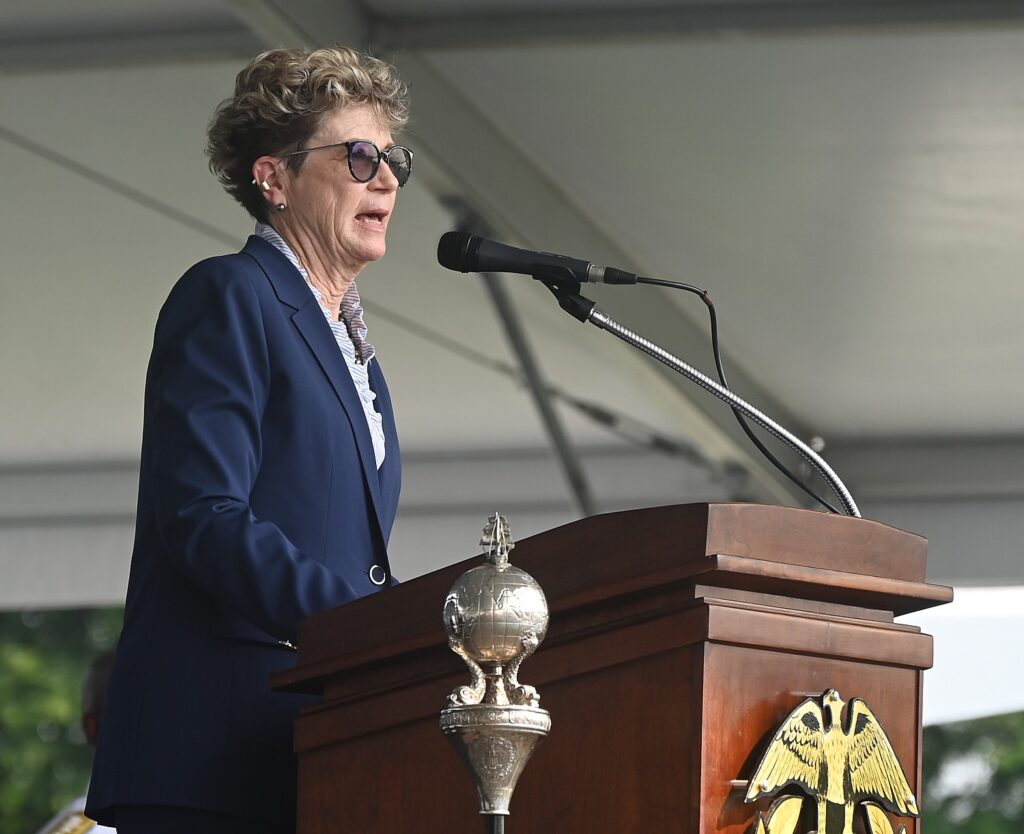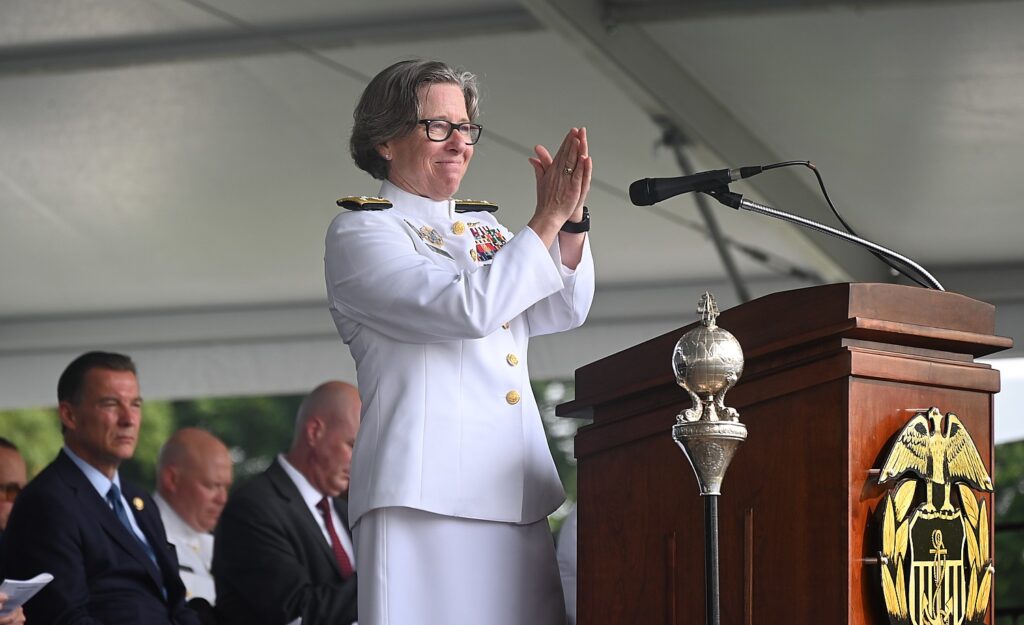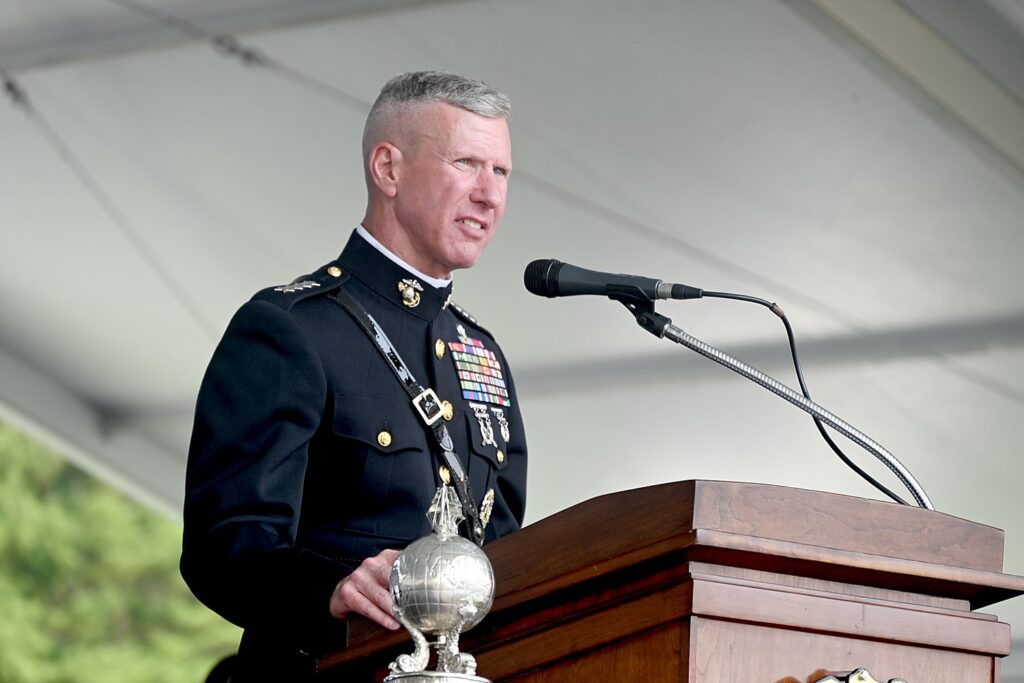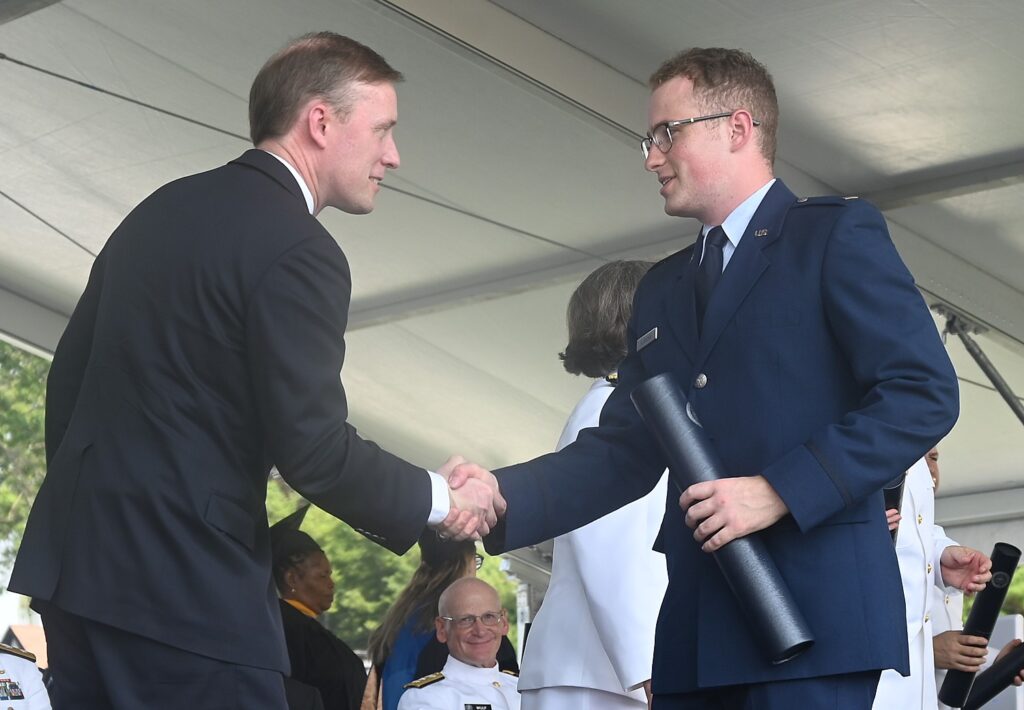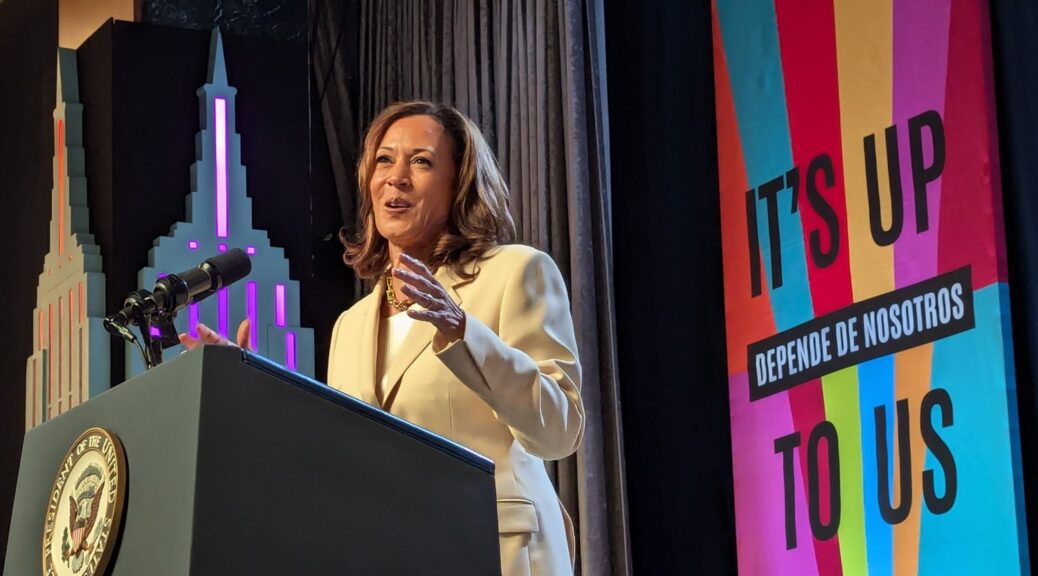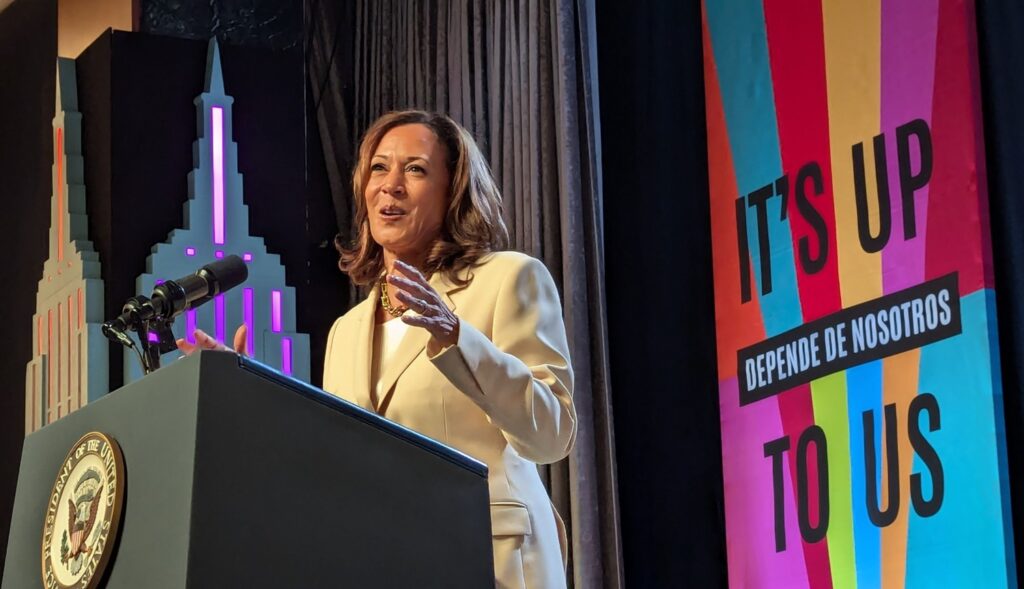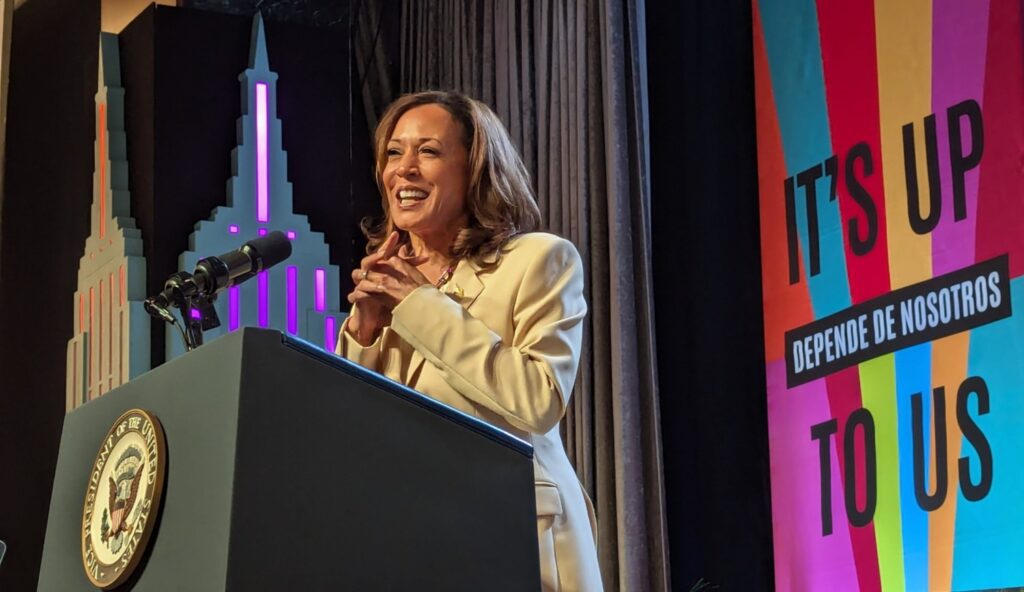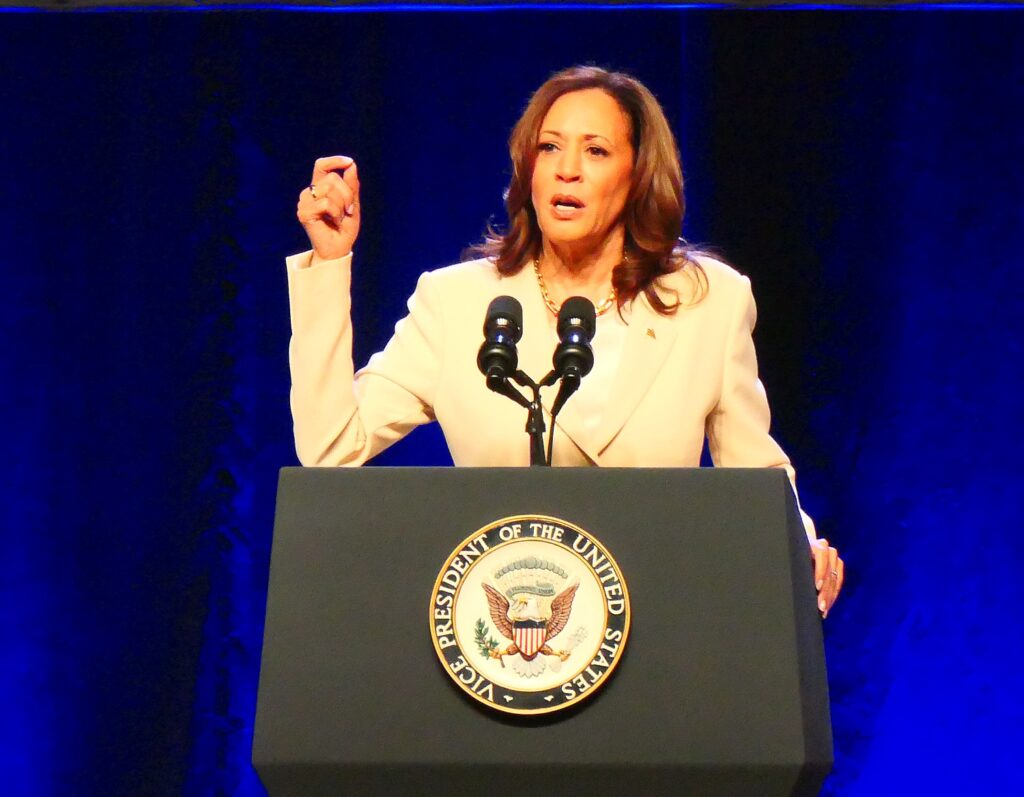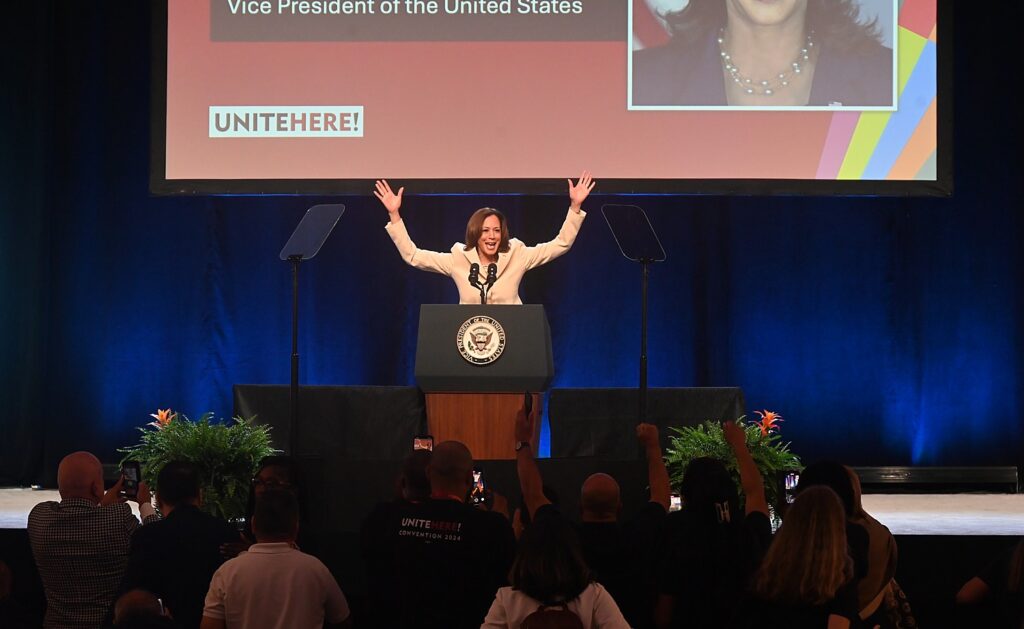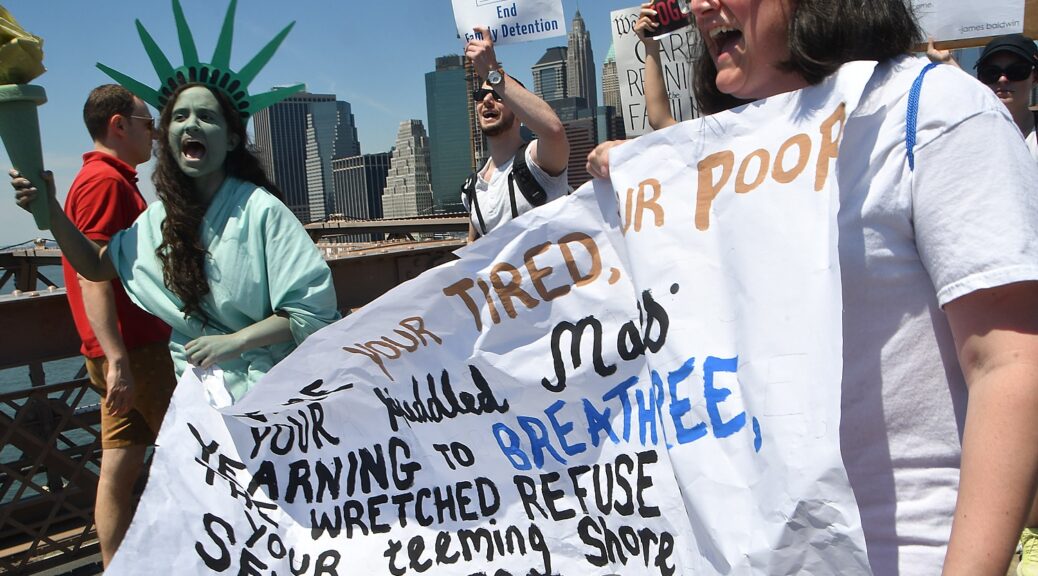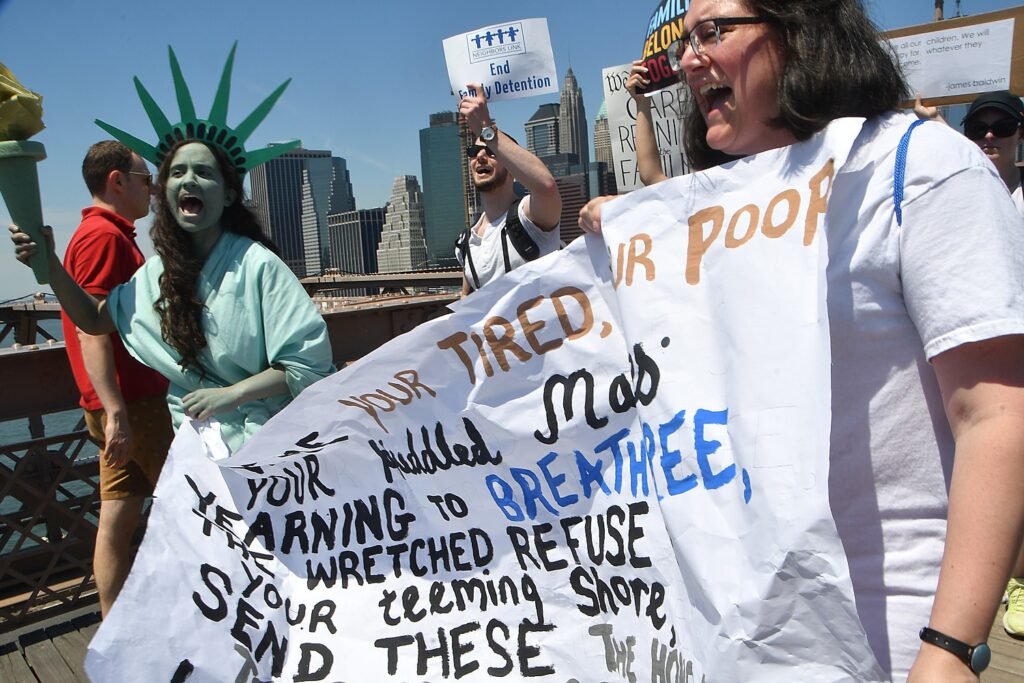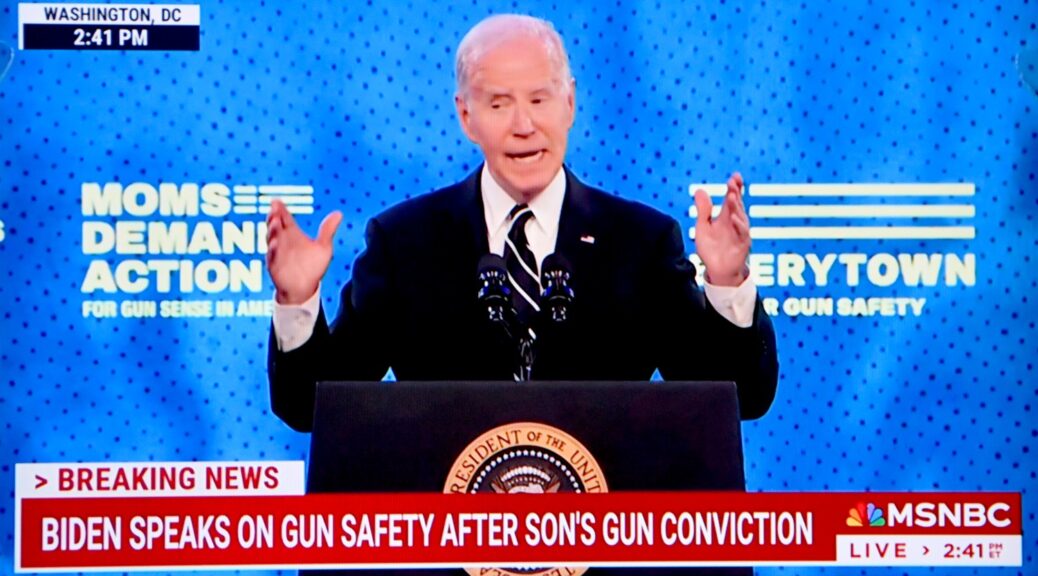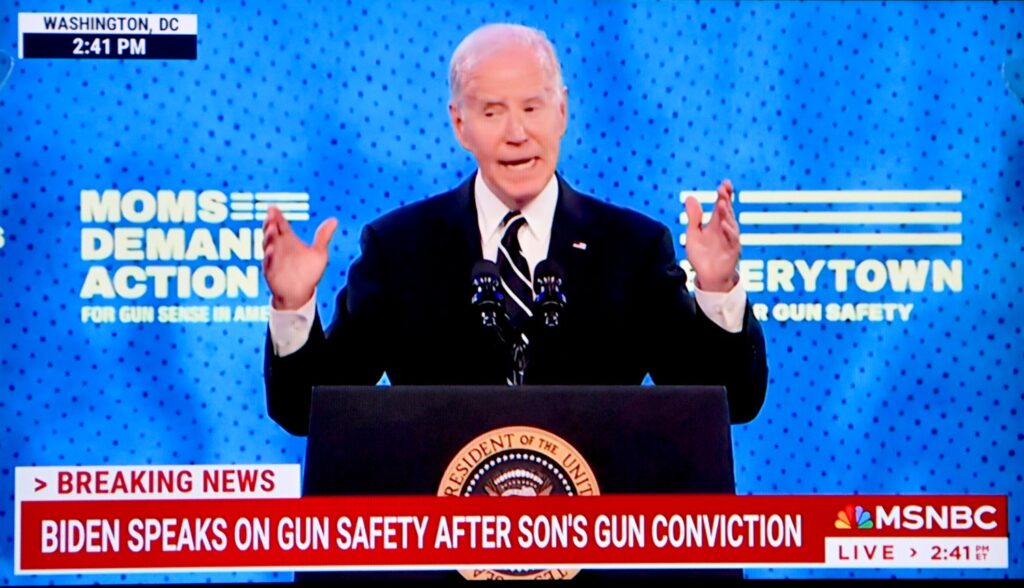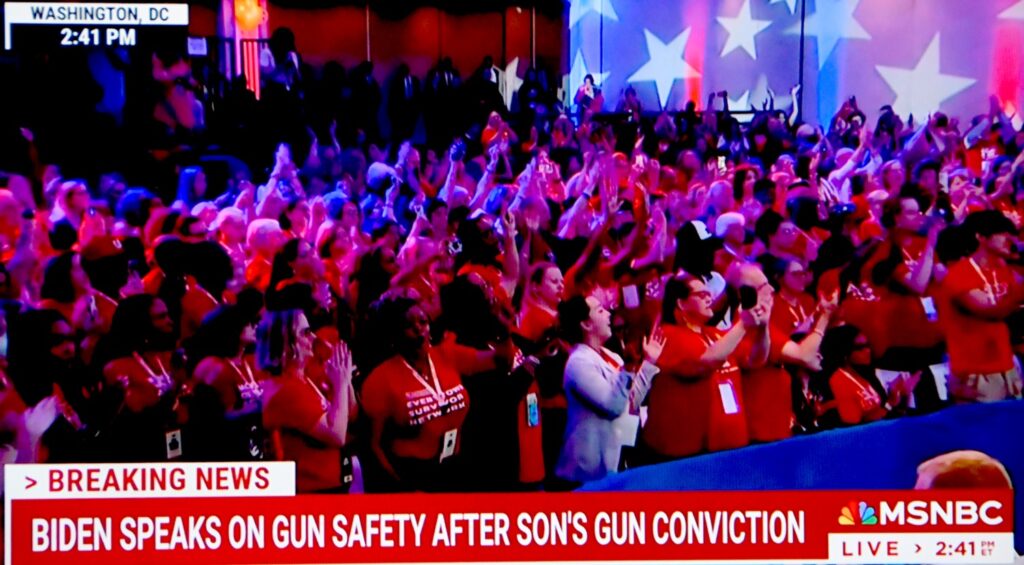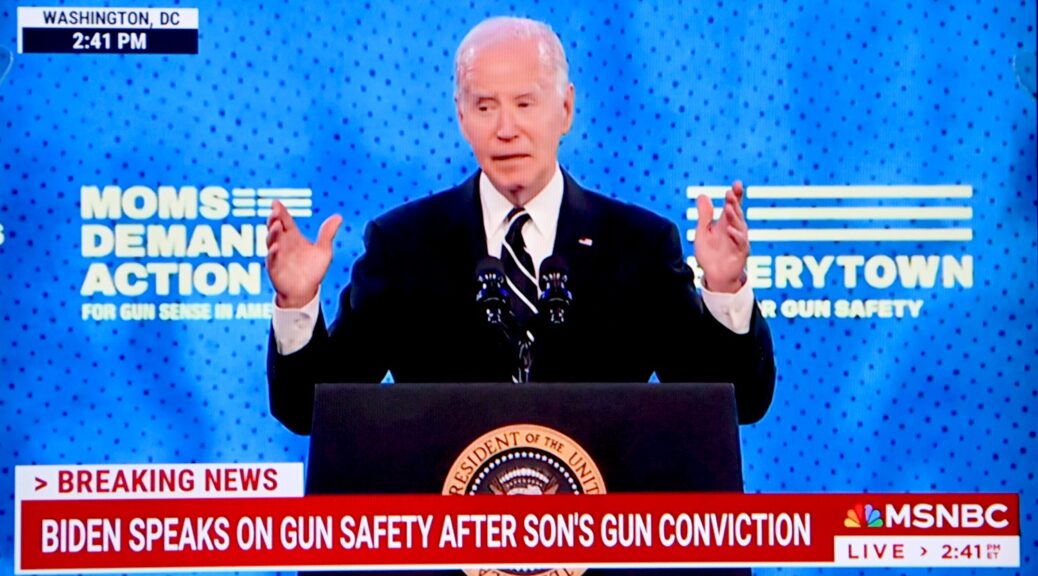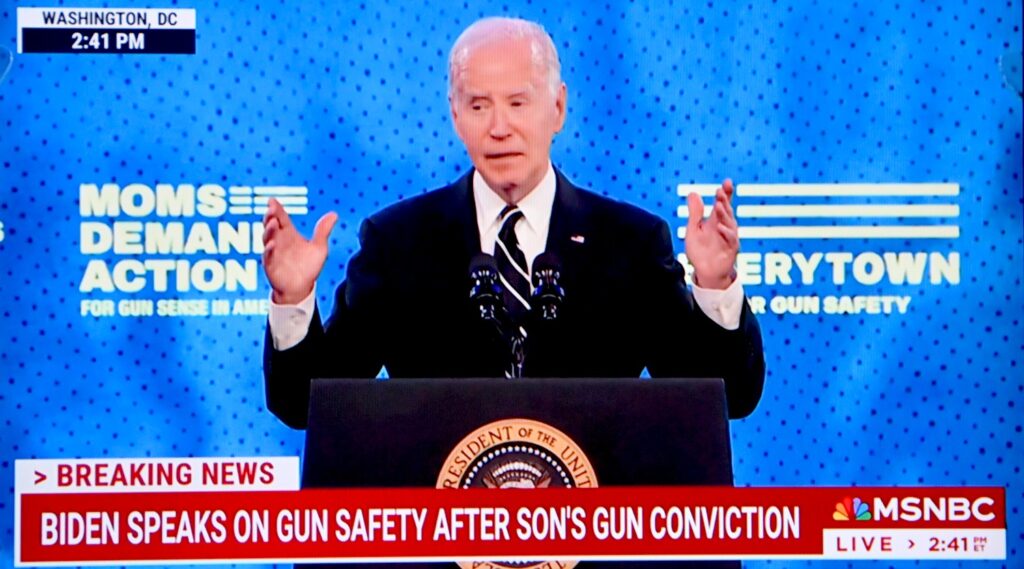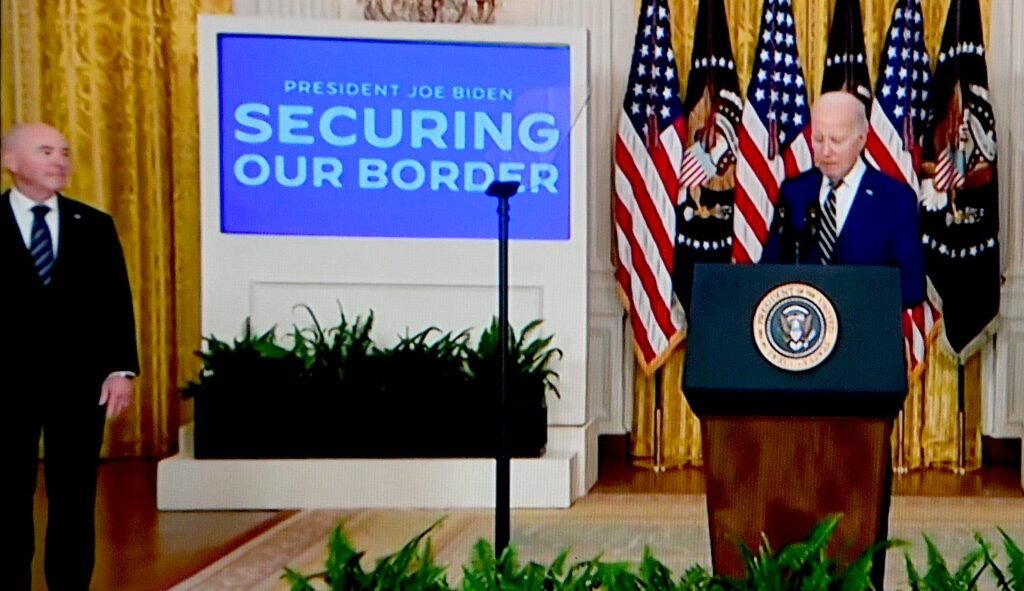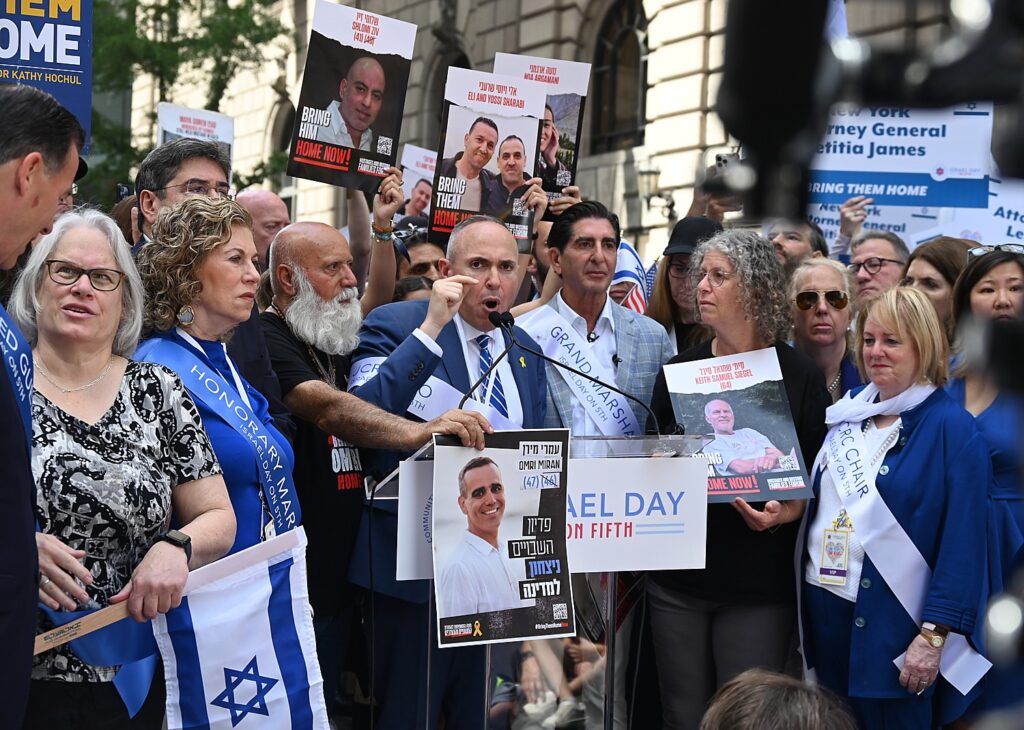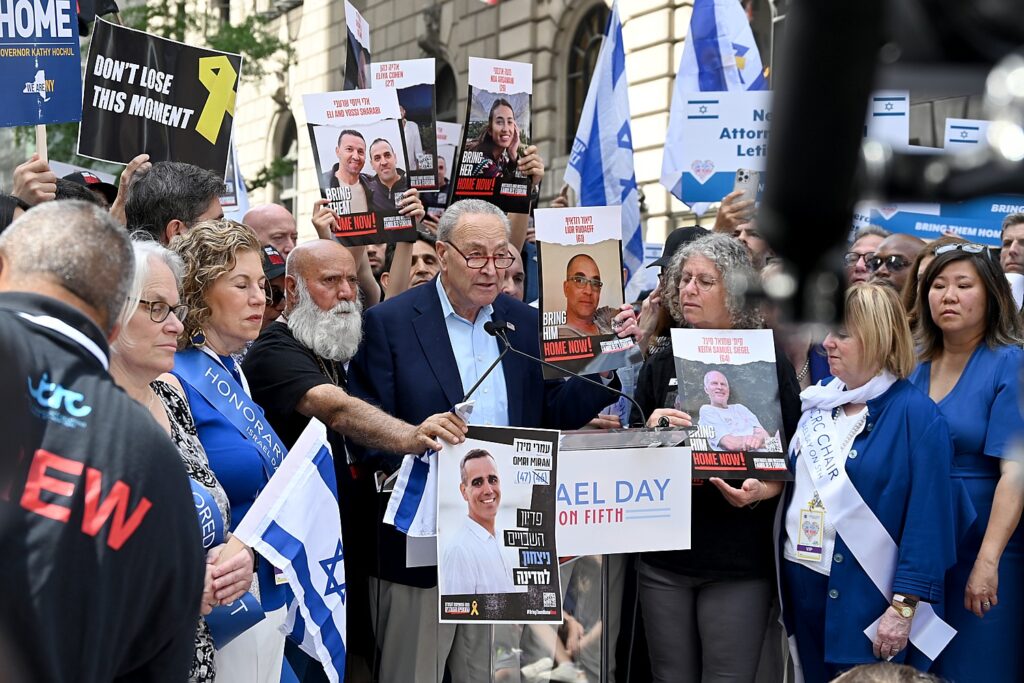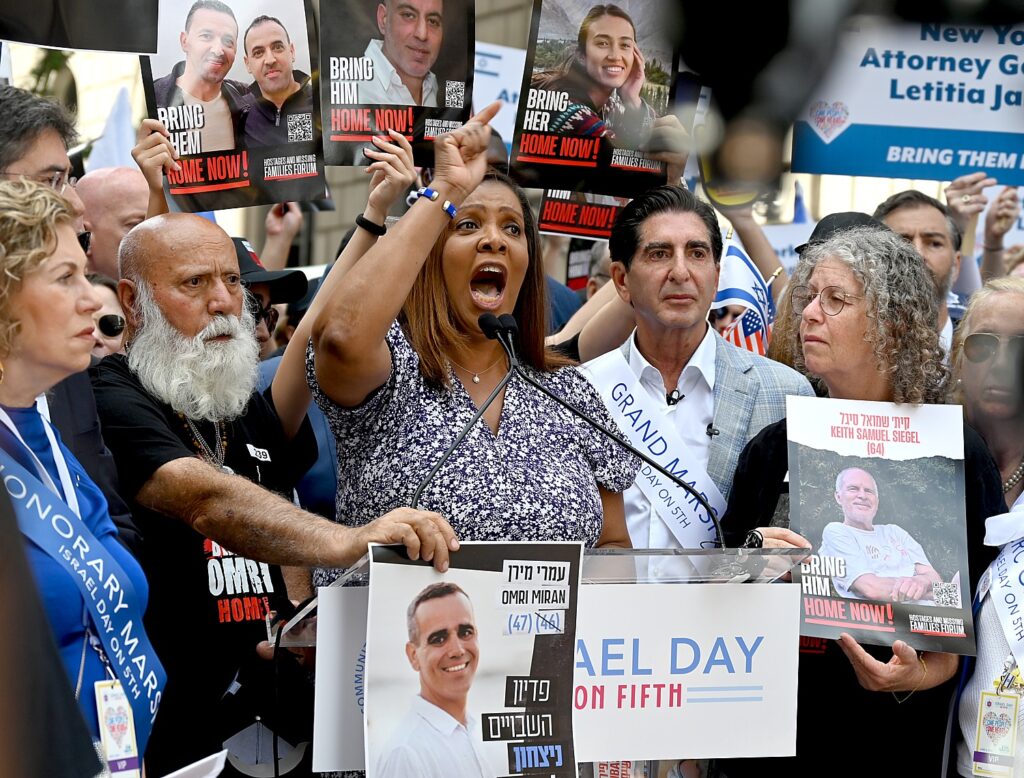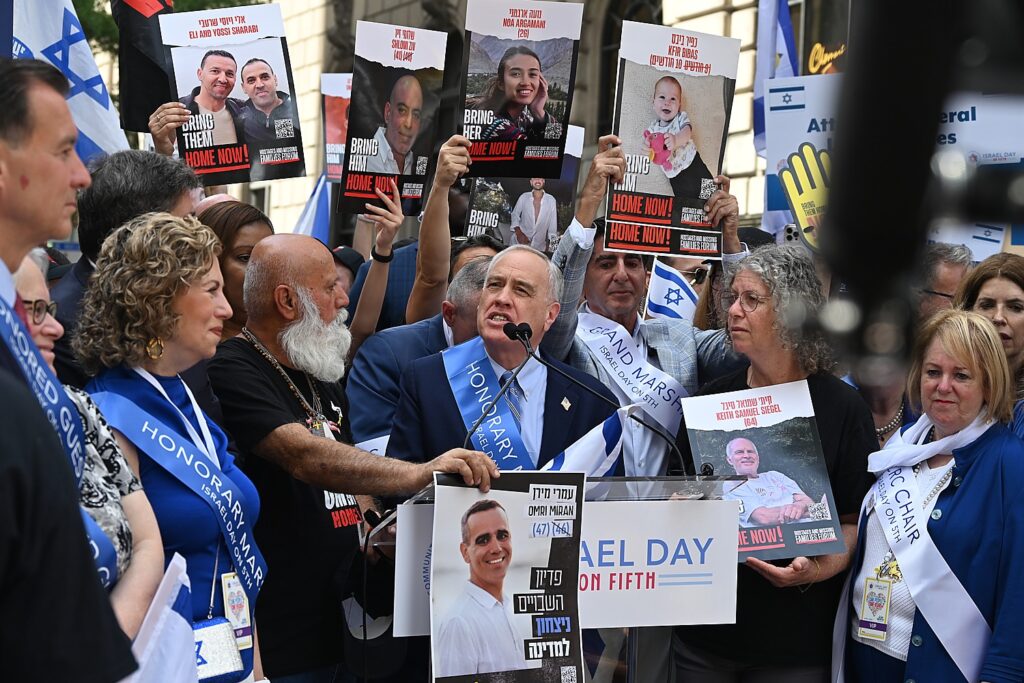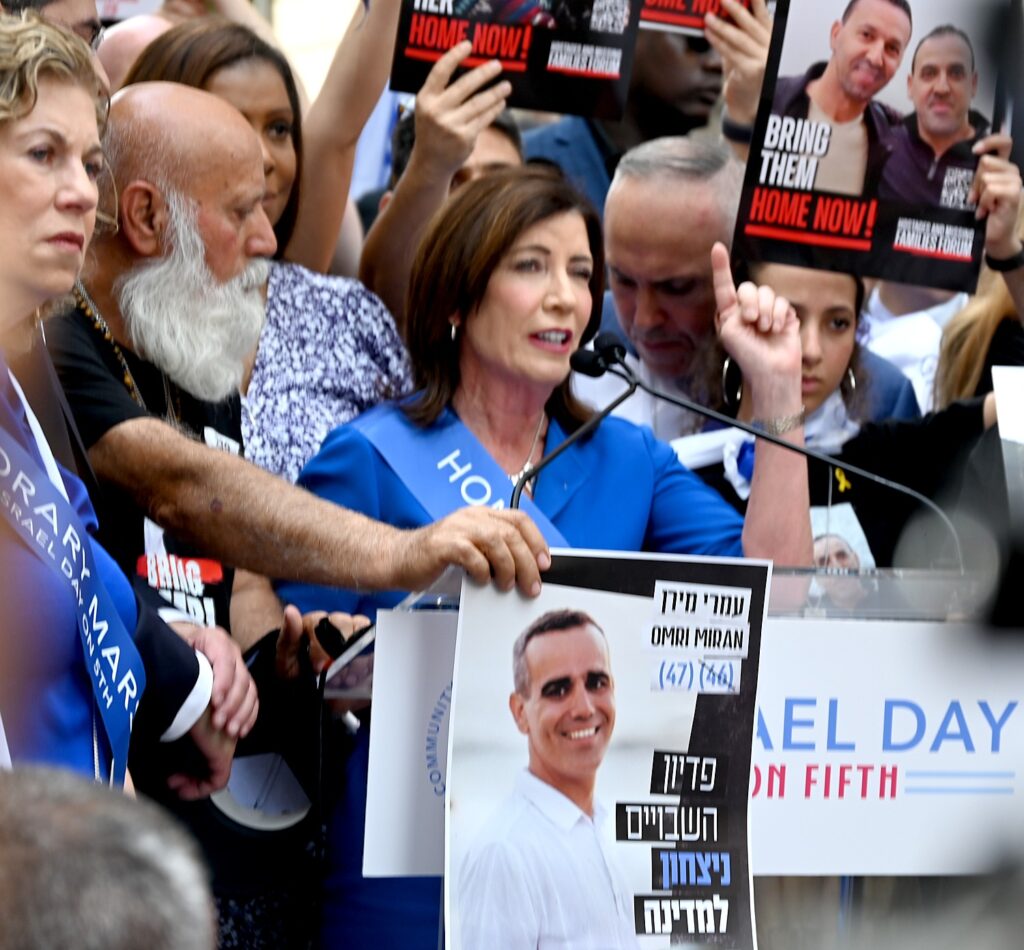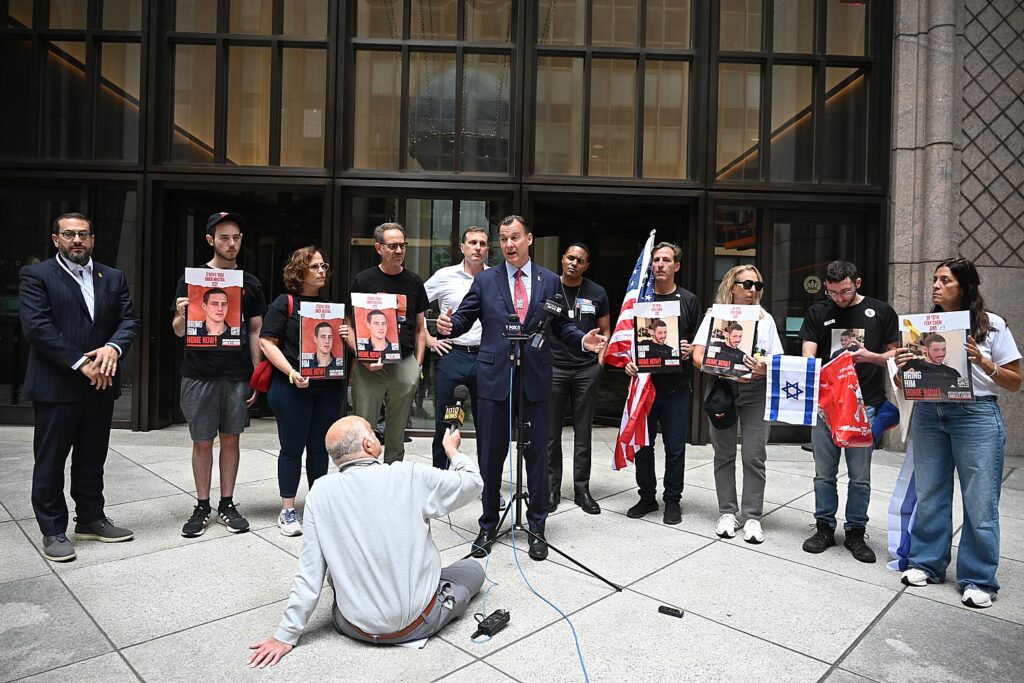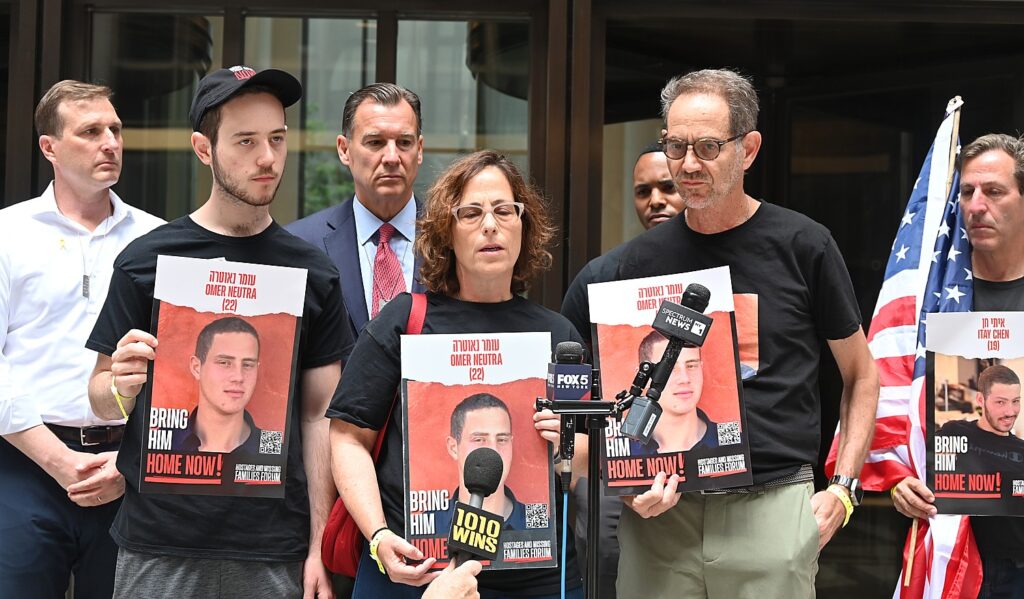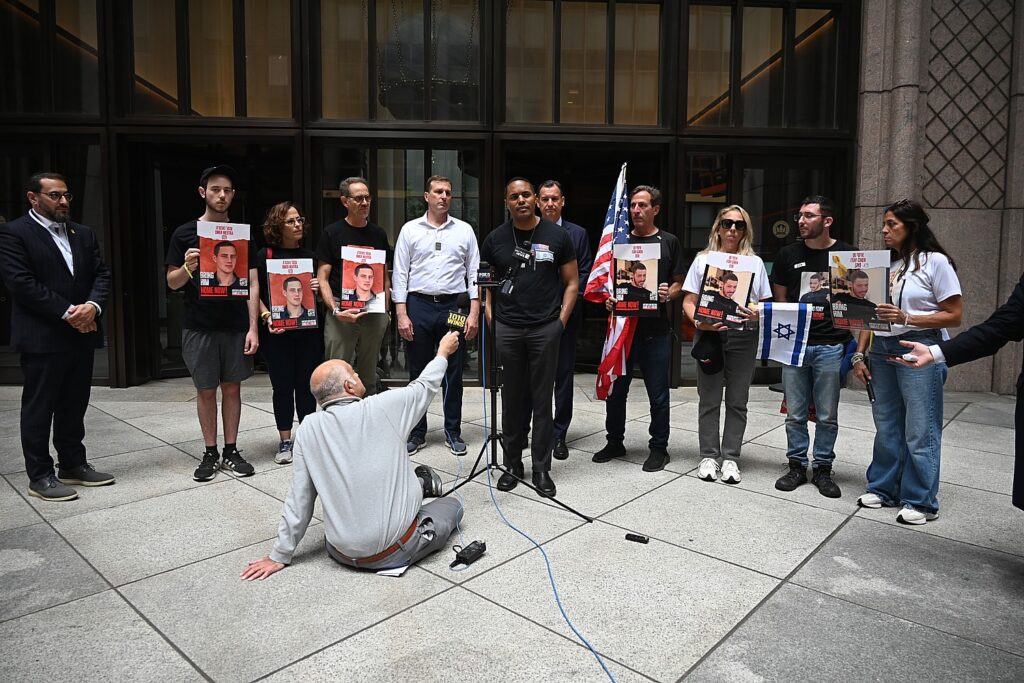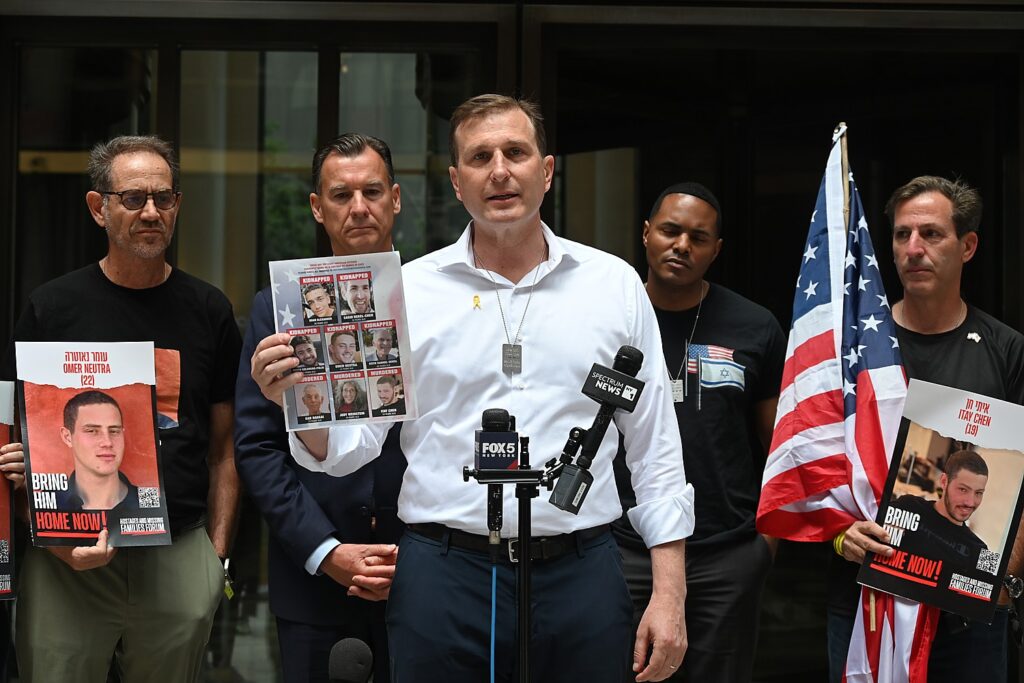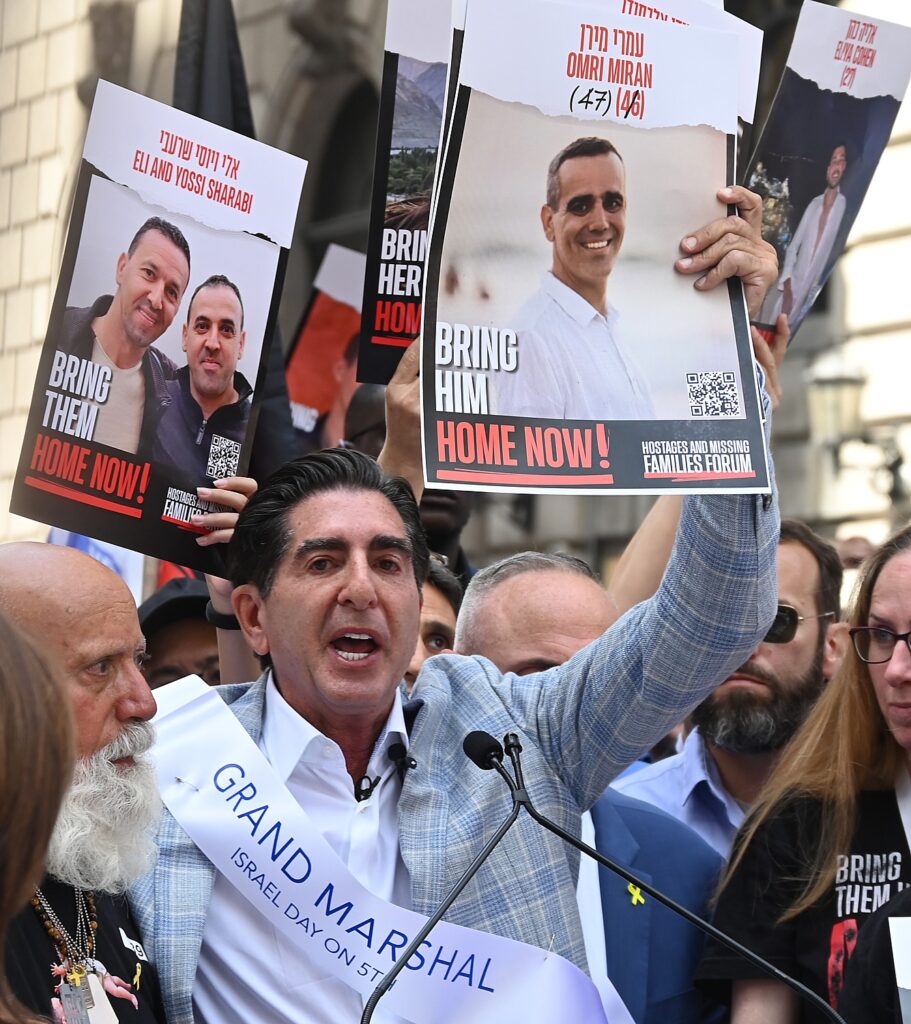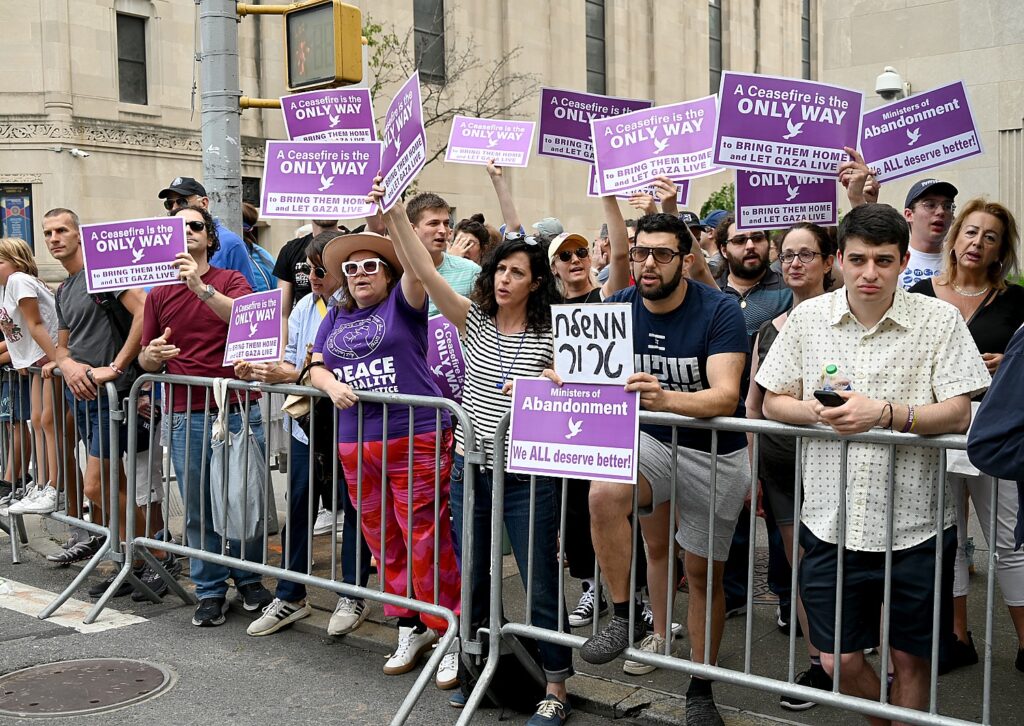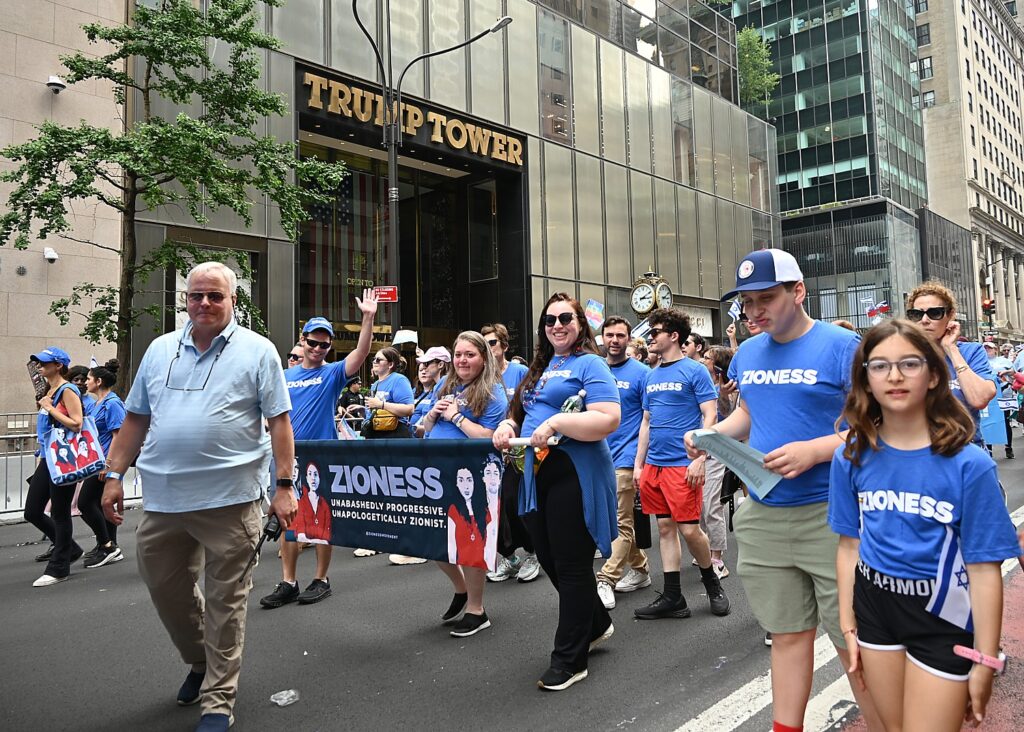People talk about putting a price on carbon as a key means of addressing climate change. But what would a carbon market look like? This fact sheet on the Biden Administration’s principles for high-integrity voluntary carbon markets was provided by the White House:
Since Day One, President Biden has led and delivered on the most ambitious climate agenda in history, including by securing the Inflation Reduction Act, the largest-ever climate investment, and taking executive action to cut greenhouse gas emissions across every sector of the economy. The President’s Investing in America agenda has already catalyzed more than $860 billion in business investments through smart, public incentives in industries of the future like electric vehicles (EVs), clean energy, and semiconductors. With support from the Bipartisan Infrastructure Law, CHIPS and Science Act, and Inflation Reduction Act, these investments are creating new American jobs in manufacturing and clean energy and helping communities that have been left behind make a comeback.
The Biden-Harris Administration is committed to taking ambitious action to drive the investments needed to achieve our nation’s historic climate goals – cutting greenhouse gas emissions in half by 2030 and reaching net zero by 2050. President Biden firmly believes that these investments must create economic opportunities across America’s diverse businesses – ranging from farms in rural communities, to innovative technology companies, to historically- underserved entrepreneurs.
As part of this commitment, the Biden-Harris Administration is today releasing a Joint Statement of Policy and new Principles for Responsible Participation in Voluntary Carbon Markets (VCMs) that codify the U.S. government’s approach to advance high-integrity VCMs. The principles and statement, co-signed by Treasury Secretary Janet Yellen, Agriculture Secretary Tom Vilsack, Energy Secretary Jennifer Granholm, Senior Advisor for International Climate Policy John Podesta, National Economic Advisor Lael Brainard, and National Climate Advisor Ali Zaidi, represent the U.S. government’s commitment to advancing the responsible development of VCMs, with clear incentives and guardrails in place to ensure that this market drives ambitious and credible climate action and generates economic opportunity.
The President’s Investing in America agenda has crowded in a historic surge of private capital to take advantage of the generational investments in the Inflation Reduction Act and Bipartisan Infrastructure Law. High-integrity VCMs have the power to further crowd in private capital and reliably fund diverse organizations at home and abroad –whether climate technology companies, small businesses, farmers, or entrepreneurs –that are developing and deploying projects to reduce carbon emissions and remove carbon from the atmosphere.
However, further steps are needed to strengthen this market and enable VCMs to deliver on their potential. Observers have found evidence that several popular crediting methodologies do not reliably produce the decarbonization outcomes they claim. In too many instances, credits do not live up to the high standards necessary for market participants to transact transparently and with certainty that credit purchases will deliver verifiable decarbonization. As a result, additional action is needed to rectify challenges that have emerged, restore confidence to the market, and ensure that VCMs live up to their potential to drive climate ambition and deliver on their decarbonization promise. This includes: establishing robust standards for carbon credit supply and demand; improving market functioning; ensuring fair and equitable treatment of all participants and advancing environmental justice, including fair distribution of revenue; and instilling market confidence.
The Administration’s Principles for Responsible Participation announced today deliver on this need for action to help VCMs achieve their potential. These principles include:
- Carbon credits and the activities that generate them should meet credible atmospheric integrity standards and represent real decarbonization.
- Credit-generating activities should avoid environmental and social harm and should, where applicable, support co-benefits and transparent and inclusive benefits-sharing.
- Corporate buyers that use credits should prioritize measurable emissions reductions within their own value chains.
- Credit users should publicly disclose the nature of purchased and retired credits.
- Public claims by credit users should accurately reflect the climate impact of retired credits and should only rely on credits that meet high integrity standards.
- Market participants should contribute to efforts that improve market integrity.
- Policymakers and market participants should facilitate efficient market participation and seek to lower transaction costs.
The Role of High-Quality Voluntary Carbon Markets in Addressing Climate Change
President Biden, through his executive actions and his legislative agenda, has led and delivered on the most ambitious climate agenda in history. Today’s release of the Principles for Responsible Participation in Voluntary Carbon Markets furthers the President’s commitment to restoring America’s climate leadership at home and abroad by recognizing the role that high- quality VCMs can play in amplifying climate action alongside, not in place of, other ambitious actions underway.
High-integrity, well-functioning VCMs can accelerate decarbonization in several ways. VCMs can deliver steady, reliable revenue streams to a range of decarbonization projects, programs, and practices, including nature-based solutions and innovative climate technologies that scale up carbon removal. VCMs can also deliver important co-benefits both here at home and abroad, including supporting economic development, sustaining livelihoods of Tribal Nations, Indigenous Peoples, and local communities, and conserving land and water resources and biodiversity. Credit-generating activities should also put in place safeguards to identify and avoid potential adverse impacts and advance environmental justice.
To deliver on these benefits, VCMs must consistently deliver high-integrity carbon credits that represent real, additional, lasting, unique, and independently verified emissions reductions or removals. Put simply, stakeholders must be certain that one credit truly represents one tonne of carbon dioxide (or its equivalent) reduced or removed from the atmosphere, beyond what would have otherwise occurred.
In addition, there must be a high level of “demand integrity” in these markets. Credit buyers should support their purchases with credible, scientifically sound claims regarding their use of credits. Purchasers and users should prioritize measurable and feasible emissions reductions within their own value chains and should not prioritize credit price and quantity at the expense of quality or engage in “greenwashing” that undercuts the decarbonization impact of VCMs. The use of credits should complement, not replace, measurable within-value-chain emissions reductions.
VCMs have reached an inflection point. The Biden-Harris Administration believes that VCMs can drive significant progress toward our climate goals if action is taken to support robust markets undergirded by high-integrity supply and demand. With these high standards in place, corporate buyers and others will be able to channel significant, necessary financial resources to combat climate change through VCMs. A need has emerged for leadership to guide the development of VCMs toward high-quality and high-efficacy decarbonization actions. The Biden-Harris Administration is stepping up to meet that need.
Biden-Harris Administration Actions to Develop Voluntary Carbon Markets
These newly released principles build on existing and ongoing efforts across the Biden-Harris Administration to encourage the development of high-integrity voluntary carbon markets and to put in place the necessary incentives and guardrails for this market to reach its potential. These include:
- Creating New Climate Opportunities for America’s Farmers and Forest Landowners. Today, The Department of Agriculture’s (USDA) Agricultural Marketing Service (AMS) published a Request for Information (RFI) in the Federal Register asking for public input relating to the protocols used in VCMs. This RFI is USDA’s next step in implementing the Greenhouse Gas Technical Assistance Provider and Third-Party Verifier Program as part of the Growing Climate Solutions Act. In February 2024, USDA announced its intent to establish the program, which will help lower barriers to market participation and enable farmers, ranchers, and private forest landowners to participate in voluntary carbon markets by helping to identify high-integrity protocols for carbon credit generation that are designed to ensure consistency, effectiveness, efficiency, and transparency. The program will connect farmers, ranchers and private landowners with resources on trusted third-party verifiers and technical assistance providers. This announcement followed a previous report by the USDA, The General Assessment of the Role of Agriculture and Forestry in the U.S. Carbon Markets, which described how voluntary carbon markets can serve as an opportunity for farmers and forest landowners to reduce emissions. In addition to USDA AMS’s work to implement the Growing Climate Solutions Act, USDA’s Forest Service recently announced $145 million in awards under President Biden’s Inflation Reduction Act to underserved and small- acreage forest landowners to address climate change, while also supporting rural economies and maintaining land ownership for future generations through participation in VCMs.
- Conducting First-of-its-kind Credit Purchases. Today, the Department of Energy (DOE) announced the semifinalists for its $35 million Carbon Dioxide Removal Purchase Pilot Prize whereby DOE will purchase carbon removal credits directly from sellers on a competitive basis. The Prize will support technologies that remove carbon emissions directly from the atmosphere, including direct air capture with storage, biomass with carbon removal and storage, enhanced weathering and mineralization, and planned or managed carbon sinks. These prizes support technology advancement for decarbonization with a focus on incorporating environmental justice, community benefits planning and engagement, equity, and workforce development. To complement this effort, the Department of Energy also issued a notice of intent for a Voluntary Carbon Dioxide Removal Purchase Challenge, which proposes to create a public leaderboard for voluntary carbon removal purchases while helping to connect buyers and sellers.
- Advancing Innovation in Carbon Dioxide Removal (CDR) Technology. Aside from direct support for voluntary carbon markets, the Biden-Harris Administration is investing in programs that will accelerate the development and deployment of critical carbon removal technologies that will help us reach net zero. For example, DOE’s Carbon Negative Shot pilot program provides $100 million in grants for small projects that demonstrate and scale solutions like biomass carbon removal and storage and small mineralization pilots, complementing other funding programs for small marine CDR and direct air capture pilots. DOE’s Regional Direct Air Capture Hubs program invests up to $3.5 billion from the Bipartisan Infrastructure Law in demonstration projects that aim to help direct air capture technology achieve commercial viability at scale while delivering community benefits. Coupled with DOE funding to advance monitoring, measurement, reporting, and verification technology and protocols and Department of the Treasury implementation of the expanded 45Q tax credit under the Inflation Reduction Act, the U.S. is making comprehensive investments in CDR that will enable more supply of high- quality carbon credits in the future.
- Leading International Standards Setting. Several U.S. departments and agencies help lead the United States’ participation in international standard-setting efforts that help shape the quality of activities and credits that often find a home in VCMs. The Department of Transportation and Department of State co-lead the United States’ participation in the Carbon Offsetting and Reduction Scheme for International Aviation (CORSIA), a global effort to reduce aviation-related emissions. The Department of State works bilaterally and with international partners and stakeholders to recognize and promote best practice in carbon credit market standard-setting—for example, developing the G7’s Principles for High-Integrity Carbon Markets and leading the United States’ engagement on designing the Paris Agreement’s Article 6.4 Crediting Mechanism. The
U.S. government has also supported a number of initiatives housed at the World Bank that support the development of standards for jurisdictional crediting programs, including the Forest Carbon Partnership Facility and the Initiative for Sustainable Forest Landscapes, and the United States is the first contributor to the new SCALE trust fund.
- Supporting International Market Development. The U.S. government is engaged in a number of efforts to support the development of high-integrity VCMs in international markets, including in developing countries, and to provide technical and financial assistance to credit-generating projects and programs in those countries. The State Department helped found and continues to coordinate the U.S. government’s participation in the LEAF Coalition, the largest public-private VCM effort, which uses jurisdictional-scale approaches to help end tropical deforestation. The State Department is also a founding partner and coordinates U.S. government participation in the Energy Transition Accelerator, which is focused on sector-wide approaches to accelerate just energy transitions in developing markets. USAID also has a number of programs that offer financial aid and technical assistance to projects and programs seeking to generate carbon credits in developing markets, ensuring projects are held to the highest standards of transparency, integrity, reliability, safety, and results and that they fairly benefit Indigenous Peoples and local communities. This work includes the Acorn Carbon Fund, which mobilizes $100 million to unlock access to carbon markets and build the climate resilience of smallholder farmers, and supporting high-integrity carbon market development in a number of developing countries. In addition, the Department of the Treasury is working with international partners, bilaterally and in multilateral forums like the G20 Finance Track, to promote high-integrity VCMs globally. This includes initiating the first multilateral finance ministry discussion about the role of VCMs as part of last year’s Asia Pacific Economic Cooperation (APEC) forum.
- Providing Clear Guidance to Financial Institutions Supporting the Transition to Net Zero. In September 2023, the Department of the Treasury released its Principles for Net- Zero Financing and Investment to support the development and execution of robust net- zero commitments and transition plans. Later this year, Treasury will host a dialogue on accelerating the deployment of transition finance and a forum on further improving market integrity in VCMs.
- Enhancing Measuring, Monitoring, Reporting, and Verification (MMRV) The Biden-Harris Administration is also undertaking a whole-of-government effort to enhance our ability to measure and monitor greenhouse gas (GHG) emissions, a critical function underpinning the scientific integrity and atmospheric impact of credited activities. In November 2023, the Biden-Harris Administration released the first-ever National Strategy to Advance an Integrated U.S. Greenhouse Gas Measurement, Monitoring, and Information System, which seeks to enhance coordination and integration of GHG measurement, modeling, and data efforts to provide actionable GHG information. As part of implementation of the National Strategy, federal departments and agencies such as DOE, USDA, the Department of the Interior, the Department of Commerce, and the National Aeronautics and Space Administration are engaging in collaborative efforts to develop, test, and deploy technologies and other capabilities to measure, monitor, and better understand GHG emissions.
- Advancing Market Integrity and Protecting Against Fraud and Abuse. U.S. regulatory agencies are helping to build high-integrity VCMs by promoting the integrity of these markets. For example, the Commodity Futures Trading Commission (CFTC) proposed new guidance at COP28 to outline factors that derivatives exchanges may consider when listing voluntary carbon credit derivative contracts to promote the integrity, transparency, and liquidity of these developing markets. Earlier in 2023, the CFTC issued a whistleblower alert to inform the American public of how to identify and report potential Commodity Exchange Act violations connected to fraud and manipulation in voluntary carbon credit spot markets and the related derivative markets. The CFTC also stood up a new Environmental Fraud Task Force to address fraudulent activity and bad actors in these carbon markets. Internationally, the CFTC has also promoted the integrity of the VCMs by Co-Chairing the Carbon Markets Workstream of the International Organization of Securities Commission’s Sustainable Finance Task Force, which recently published a consultation on 21 good practices for regulatory authorities to consider in structuring sound, well-functioning VCMs.
- Taking a Whole-of-Government Approach to Coordinate Action. To coordinate the above actions and others across the Administration, the White House has stood up an interagency Task Force on Voluntary Carbon Markets. This group, comprising officials from across federal agencies and offices, will ensure there is a coordinated, government- wide approach to address the challenges and opportunities in this market and support the development of high-integrity VCMs.
The Biden-Harris Administration recognizes that the future of VCMs and their ability to effectively address climate change depends on a well-functioning market that links a supply of high-integrity credits to high-integrity demand from credible buyers. Today’s new statement and principles underscore a commitment to ensuring that VCMs fulfill their intended purpose to drive private capital toward innovative technological and nature-based solutions, preserve and protect natural ecosystems and lands, and support the United States and our international partners in our collective efforts to meet our ambitious climate goals.




